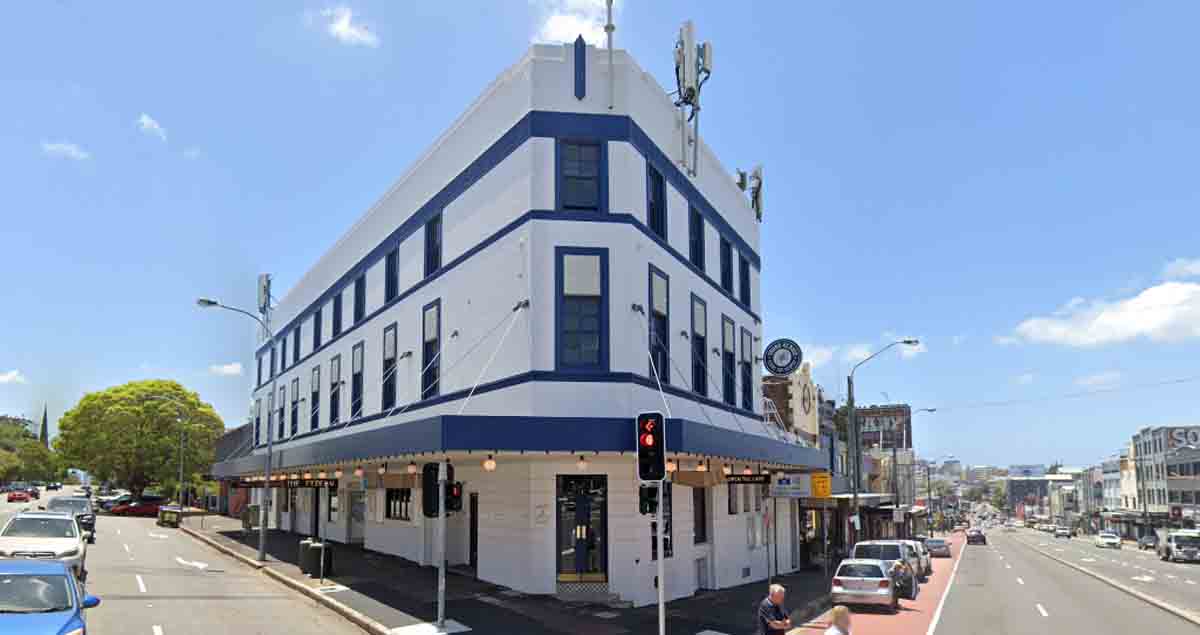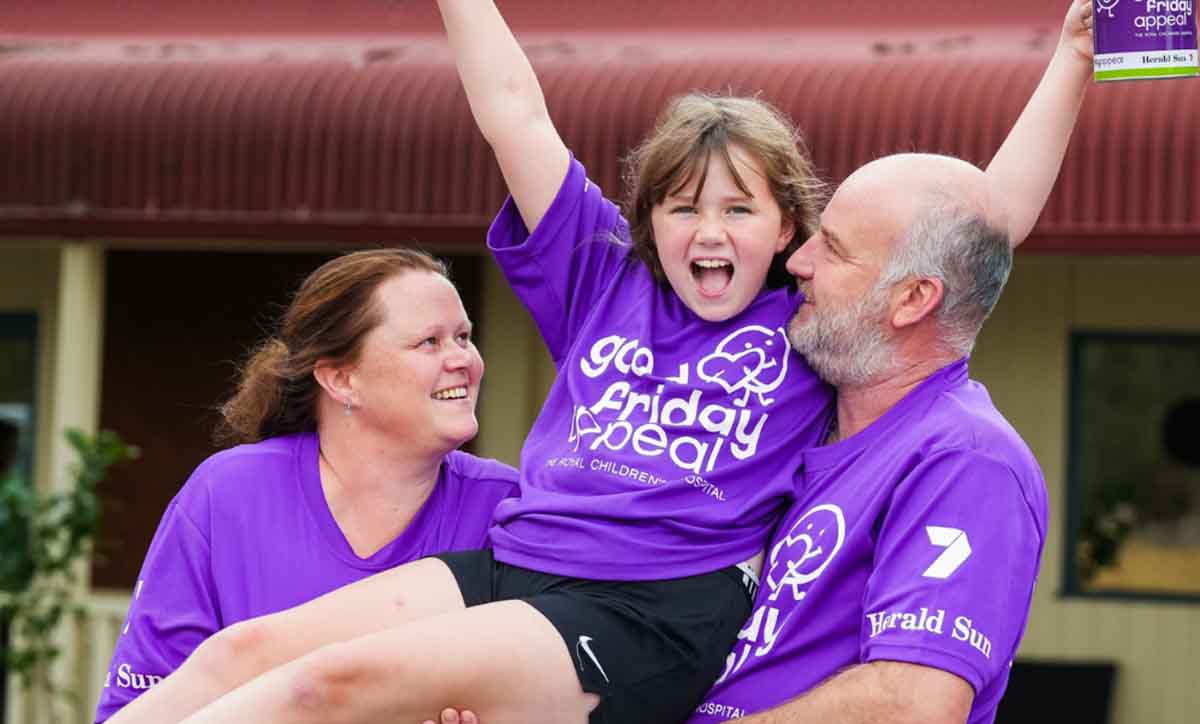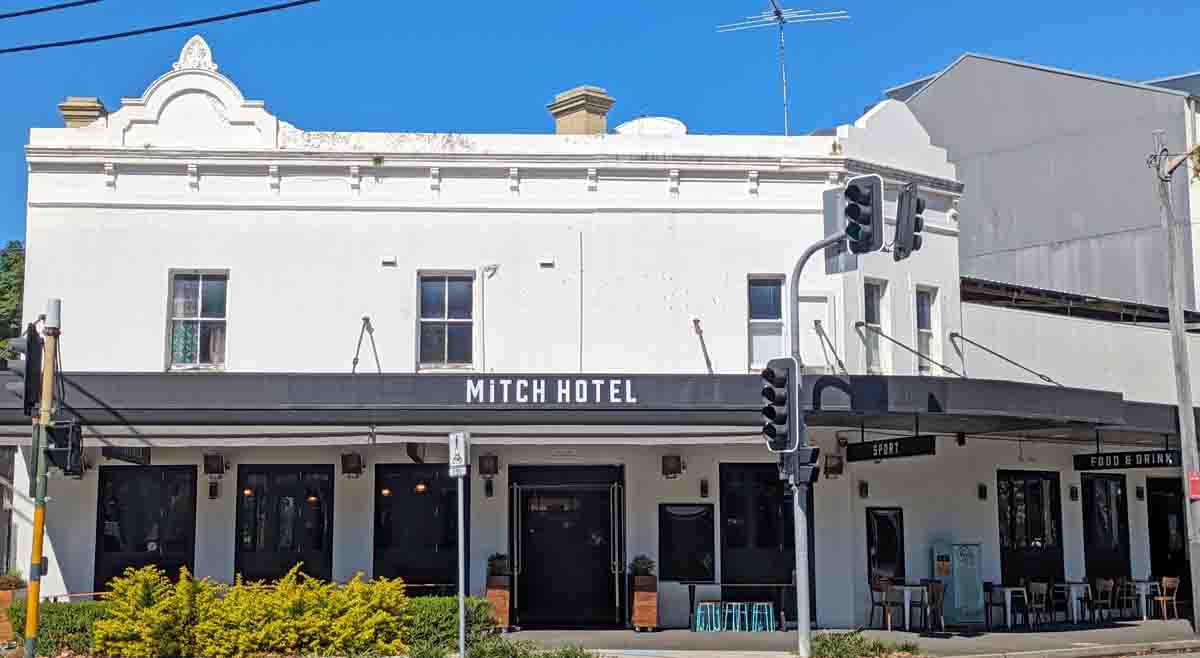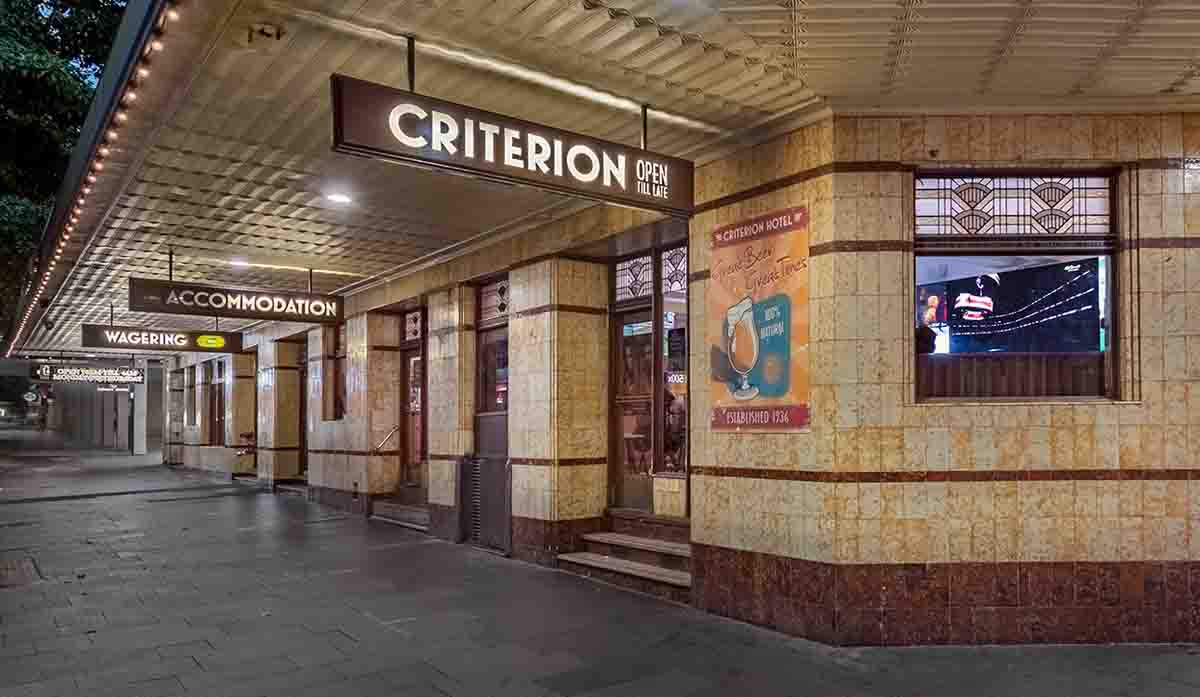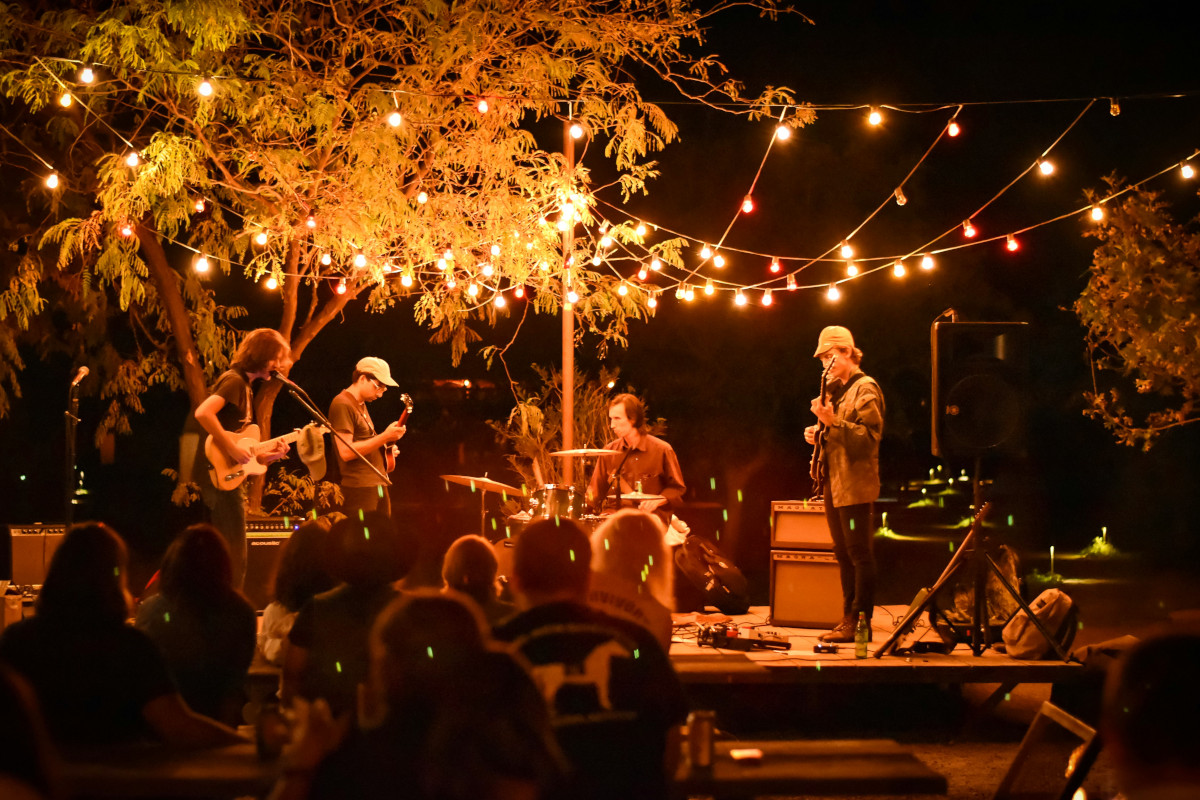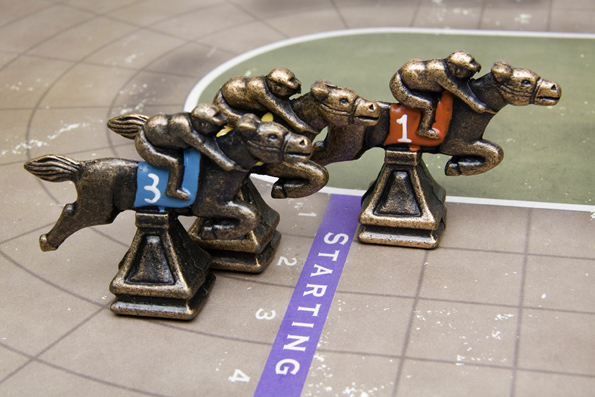The interim report released late last week by the Bureau of Crime Statistics and Research has been widely misrepresented by the usual suspects in sensationalist media.
Speaking today with PubTIC, a BOCSAR spokesperson was quick to point out that last week’s report is just an initial snapshot, and significant further research will be required to fully assess the situation around the restricted trading conditions.
The Bureau’s communique cited two major points in its Conclusion:
- The January 2014 reforms appear to have reduced the incidence of assault in the Kings Cross and CBD entertainment precincts.
- The extent to which this is due to a change in alcohol consumption or a change in the number of people visiting the Kings Cross and Sydney Entertainment Precincts remains unknown.
It is no surprise that media and anti-alcohol campaigners have latched onto the first point of the conclusion, which in itself is nothing surprising.
What is frustratingly typical is the wide-spread omission of the second point, which highlights the fact that an arbitrary figure of “32 per cent drop in violence” cannot be taken on its own without considering all contributing factors, such as displacement and reduction in crowd numbers.
Anecdotal reports suggest patronage – particularly after the 1:30 lockout – has dropped in the Sydney CBD and Kings Cross entertainment precincts by at least 50 per cent.
By the doctrines of crowd behavioural analysis*, which cite that numbers are characterised “by the loss of responsibility of the individual and the impression of universality of behaviour, both of which increase with the size of the crowd”, a reduction of human volume of 50 per cent should in fact result in a subsequent drop in anti-social behaviour significantly greater than 50 per cent.
BOCSAR also pointed out that the study was steered by the Office of Liquor, Gaming & Racing (OLGR), whose mandate is to govern licensed venues and their surrounds.
OLGR therefore did not stipulate analysis of any subsequent ‘displacement’ of violence and antisocial behaviour in private or underground settings.
The report also made mention of the startling rise in illicit drug use, in particular ‘ice’, with principle researcher Dr Don Weatherburn quoted as saying “the continued growth in arrests for amphetamine-related offences is a matter of concern.”
The first full year data (Feb 2014 – Feb 2015) will not be made available to BOCSAR until June, and the Bureau hopes to release a subsequent report in September.
This important follow-up will include analysis on the key areas of:
- Measuring patronage, through data from taxi ranks and trains
- Time of day, with assault data assessed against the lockout and cut-off times
The objective analysis of drops in violence as compared to people in lockout areas may result in quite a different overall conclusion.
*Greenberg, M.S. (2010). Corsini Encyclopedia of Psychology
